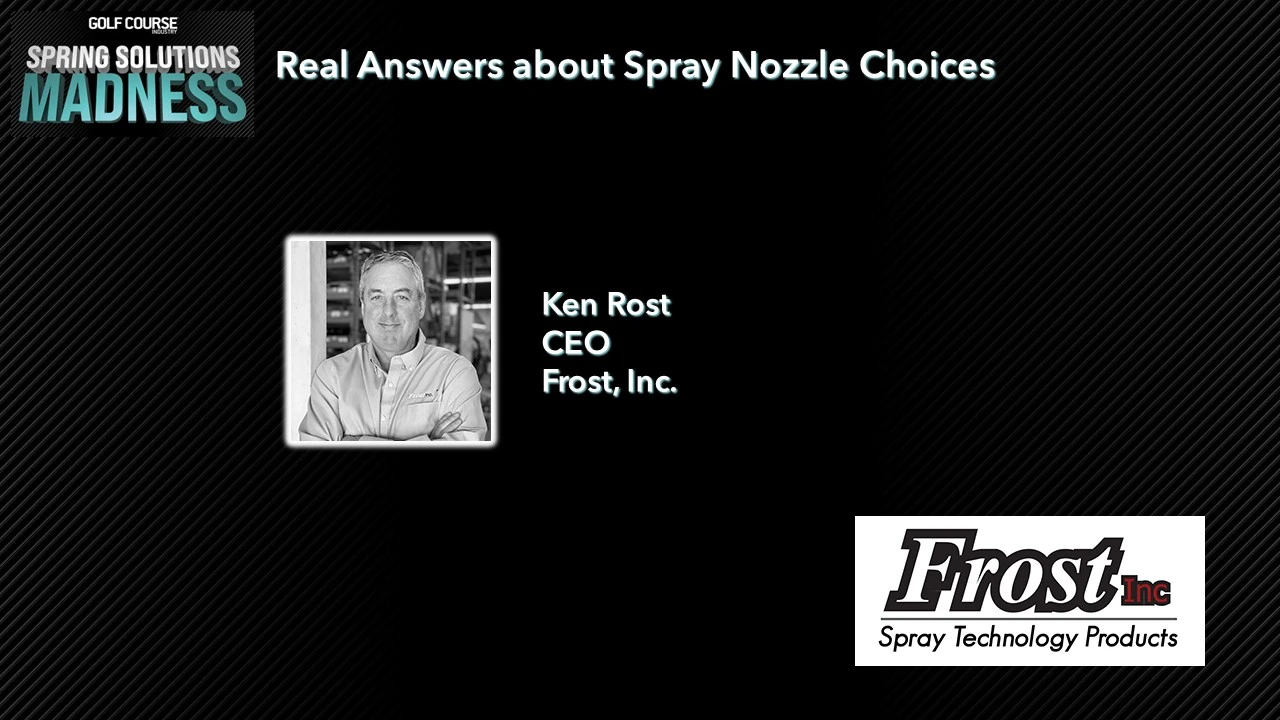|
At the Vineyards Golf Course in Naples, Fla., a gated, 36-hole facility, Schleutker needed a fairway spreader but ultimately needed to defend his budget. He’s familiar with a lot of fairway spreaders, he says, but a standout in the race showed up after some investigation and work with local dealers in the STEC Equipment MX650 Material Handler. “I was in the market for a spreader, and when I looked this up and saw the video and saw its price, it beat everyone,” he says. Once he got past the price and put the machine to work on his course, though, he found some completely new reasons to be glad about his decision. Schleutker primarily needed the topdresser to rebuild his sand features, so the MX650’s ability to move up to 6.5 yards of material at once was a necessity. “The larger capacity has been good to me,” Schleutker says. “This is the biggest machine you’ll see on the course.” Carrying more sand means using a bigger tractor, sure, but the time saved in travel and reloading makes up for it for him. “This means a little less back and forth,” says Schleutker. “It definitely saves some time in travel. We can fill our sandtraps in a hurry in what would normally take more loads. Capacity is a huge item for topdressing fairways, too.” The MX650 runs on large turf tires to keep ground pressure lower even for a machine carrying a few tons more material. The increased capacity is a big help, though it means he has to use an even larger machine to load it due to its height. For Schleutker, his favorite feature is a wireless remote controlling the hydraulics of the topdresser from the tractor seat or off the machine entirely. “The remote control conveyor is the big thing for me. It’s built so one man can really operate the machine and not even be seated,” says Schleutker. “You can put the tractor in park and operate the conveyor from another location so you can watch exactly where it’s going. With this thing, we move sand like it’s candy.” Training with the remote control is a little daunting at first, but easy to use after a few moments, he says. “I was a little scared of it myself at first, but I got comfortable with it quickly,” says Schleutker. “It’s so responsive. It swings back and forth and goes up and down, and really allows some specific placement of sand.” As often as he’s used it to work on his bunkers, he’s eager to find more opportunity to put it to work on the fairway itself for topdressing. “It’s done a great job with the sand traps. I’ve been very happy with it,” he says. “As far as a topdressing machine, it seems to work well. I’m really looking forward to using it more often around the course.”
“We had to build up a layer of five to six inches as quickly as we could,” says Dermott. “We basically went back to the club and they made the decision. I told them what it was going to cost, and they took the plunge.” Dermott was looking before doing any leaping out of necessity, however. He landed on a three-year lease of the Turfco CR-10 Large Area Topdresser and Material Handler, along with the spreader attachment. “We did a great deal of research to determine that it’s the best out there,” says Dermott. “It’s a really reliable machine. We’ve had to do almost no maintenance.” Taking on 29 acres with fairways is no easy task, but Dermott can cover nine holes of the course each day using the topdresser. It can carry about four yards of sand and hooks up to any tractor on the course, though it usually needs a few trips to make it through the entire task. The 32-inch-wide conveyor belt unloads sand quickly, but it’s the addition of the ability to raise that conveyor belt using a three-position switch that Dermott finds helpful in breaking down bigger jobs with smaller equipment. “In spring, we can use it to carry bunker sand around, and use the conveyor to fill the bunkers,” says Dermott. “The back end raises up, though, so we can use it to also fill other smaller topdressers. It’s a real time-saver and labor-saver.” Though the CR-10 needs some training to use properly, he says, after a few minutes of play it’s easy to pick up. “It requires a little bit of an experienced operator,” says Dermott, “but once you know how, it’s a very nice unit. We’ve got one operator who uses this it’s his baby.” Despite needing a little bit of driving time, the machine handles well behind a tractor, Dermott says. “I’ve been really impressed that it follows the tractor as well as it does,” he says. “ As the seasons have gone on, the topdresser has helped build up about half of the sandcap topdressing Dermott has been looking for to keep his water sources more clear. Already, members have noticed the difference in the fairway surface, he says. “Our members have noticed firmer fairways after a storm,” says Dermott of the course’s playing conditions. “We’ve heard from a member that our fairways have never been better.”
|

Explore the April 2011 Issue
Check out more from this issue and find your next story to read.
Latest from Golf Course Industry
- From the publisher’s pen: Foggy intrigue
- USGA releases Water Conservation Playbook
- Vilamoura Golf courses awarded GEO Certified status
- GCSAA’s Health in Action 5K/2K reaches fundraising goal
- Landscapes Golf Management to participate in data analyzation initiative
- Reel Turf Techs: Carl Michael
- Atlanta Athletic Club approves funding for master plan
- Maximizing Cultural Practices and Agronomic Benefits with Minimal Surface Disruption






